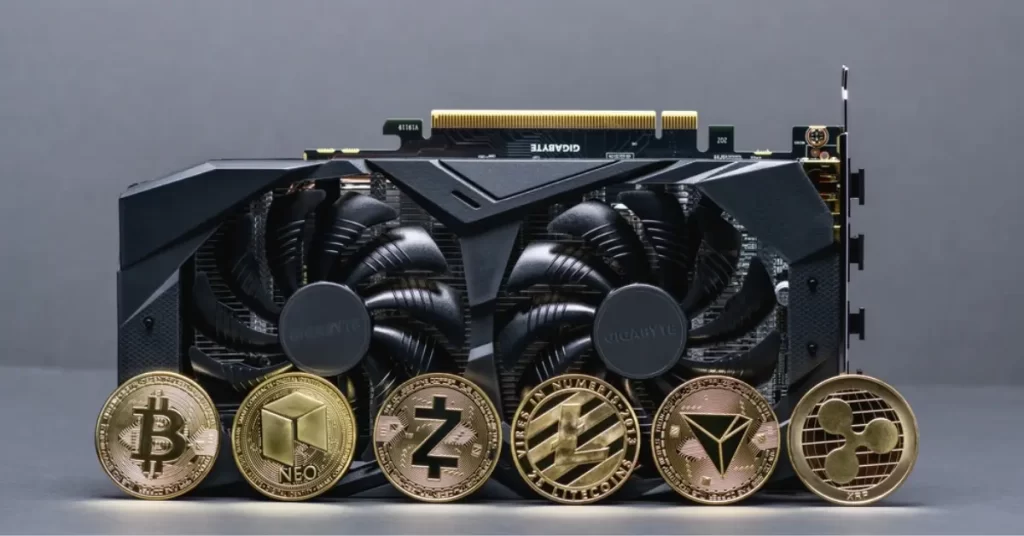08.08.2025 02:26
OpenAI finally launched GPT-5, ending weeks of intense speculation and anticipation. The unveiling, which occurred during a live-streamed event, marked a significant milestone in the evolution of their flagship AI model. This release follows the earlier launch of two open-weight models, setting the stage for the debut of their latest innovation.
Facing increasing competition from tech giants such as Meta, Anthropic, and Google, OpenAI introduced GPT-5 as a substantial upgrade to its predecessor. CEO Sam Altman described it as a major step towards Artificial General Intelligence (AGI), highlighting its unprecedented ability to generate software code from scratch. Altman emphasized that this "software on demand" capability will be a key defining feature of the GPT-5 era. A striking demonstration showcased the model generating over 400 lines of code in just two minutes, completing a Bernoulli effect simulation from a single prompt without any prior training on that specific task.
Despite impressive capabilities, GPT-5’s 400,000-token context window, although four times larger than GPT-4's, falls short of competitors like Claude and Gemini. These rival models boast context windows exceeding 1 million tokens, a crucial factor determining the amount of information a language model can process simultaneously. This larger context window allows models like Claude 3 and Gemini 1.5 to effortlessly handle entire book series, extensive research archives, or vast code repositories while maintaining contextual coherence in their responses. In comparison, OpenAI’s new model appears to be playing catch-up rather than establishing a decisive lead in this specific area.
However, GPT-5 still offers a range of noteworthy new features. A particularly innovative addition is a video option, enabling the model to process visual input from a user's camera during interactions. Further enhancing user integration, OpenAI will allow users to connect their Gmail and Google Calendar accounts starting next week, promising seamless integration with existing workflows. The implications of these advancements and the ensuing competition within the AI landscape remain to be seen.










